Finding Your Purpose: Discovering What Truly Drives You (A Deep Dive)

Introduction: The Call to Adventure
Have you ever felt like you’re a character in a movie, but you haven’t read the script? You wake up, go to school or work, tackle tasks, and go to bed. You’re busy. But sometimes, a tiny voice whispers, “Why?”
If you’ve ever felt that, congratulations. That little voice isn’t a sign of a problem; it’s a sign of potential. It’s the sound of your inner compass trying to get your attention. It’s the call to find your purpose.
We’re given maps to get to college or a career, but not a map to a life that feels joyful, meaningful, and authentically yours. This isn’t an article with five simple tricks to instantly find your life’s meaning. This is a deep, friendly, and honest guide. Together, we’re going to explore what “purpose” even means, bust some myths, and use powerful tools to start discovering what truly drives you. Think of this as the start of your greatest adventure: the adventure to find your own personal “why.”
Part 1: Why Even Look for a “Purpose”? The Superpowers of a Purpose-Driven Life
“Finding your purpose” can sound abstract, but in reality, living with a sense of purpose is like unlocking a set of superpowers that make every part of your life better.

- Superpower #1: Unshakable Resilience (Your Personal Anchor). Life is bumpy. When you know why you’re sailing, you can handle the biggest waves. Your purpose holds you steady when things get rocky, reminding you that challenges are just part of a bigger, more important journey.
- Superpower #2: Limitless Energy (Your Inner Engine). When you’re doing something connected to your purpose, the energy comes from within. You don’t need to be pushed; you feel pulled. You wake up excited to do it, not because you have to, but because you get to.
- Superpower #3: Crystal-Clear Decisions (Your Personal Compass). Your life is made up of thousands of choices. Purpose gives you a “True North.” When faced with a choice, you can ask, “Does this choice point me toward my True North?” It helps you say “yes” to what matters and “no” to distractions.
- Superpower #4: Deeper Connections (Finding Your People). When you know your purpose, you become like a magnet for people who get you. You start to attract friends who share your values and are excited about the same things, building authentic friendships.
Part 2: What is “Purpose” Anyway? Busting the Big Myths
Many people get stuck because they think finding their purpose is like a Hollywood movie scene. Let’s clear the air and bust some common myths.
Myths vs. Reality
- Myth #1: Your purpose is one single, epic thing.
Reality: It’s more like a flavor or a theme that runs through your life (e.g., “To Heal,” “To Create,” “To Teach”). The “what” can change, but the “why” remains. - Myth #2: You have to “find” your purpose, like it’s lost.
Reality: You don’t find it; you build it, piece by piece, through action, experimentation, and seeing what feels right. It’s more like planting a garden than a treasure hunt. - Myth #3: Your purpose has to be your job.
Reality: Your job can simply be the thing that supports your purpose. You can have a standard job and express your purpose through volunteering, hobbies, or side projects. - Myth #4: Once you find your purpose, you’ll always be happy.
Reality: Purpose gives your struggles meaning; it doesn’t eliminate them. It’s the fuel that helps you keep going when things aren’t easy or fun.
Part 3: Your Explorer’s Toolkit: Fun Ways to Look Inside
Just asking “What’s my purpose?” is too big. We need to cut it into smaller slices. Here are three powerful toolkits to help you gather clues.
Toolkit #1: The Ikigai (Your Reason to Jump Out of Bed)
Ikigai is a Japanese concept for finding the sweet spot where four things overlap:
- What You LOVE: What activities make you lose track of time?
- What You Are GOOD AT: What skills come easily to you? What do friends ask for your help with?
- What The WORLD NEEDS: What problems in the world break your heart or make you want to fix them?
- What You Can Be PAID FOR: Could any of your skills become a job or business?
The center where all four connect is a powerful clue to your purpose.
Toolkit #2: The Three “P’s” (Passions, Principles, and Problems)
Your purpose often lies at the intersection of these three things:
- Your PASSIONS: What gives you energy? (Keep an energy journal for a week).
- Your PRINCIPLES: What do you stand for? (Choose your top 5 core values).
- The PROBLEMS: What do you want to fix? (Finish sentences like “It makes me angry when…”).
Toolkit #3: The Journaling Adventure (A Conversation With Yourself)
Use these prompts to listen to yourself in a new way:
- The Childhood Detective: What did you love to do as a kid, before the world told you what was “cool”?
- The Perfect Day: If you had unlimited money, what would a perfect, normal Tuesday look like for you? – The Proudest Moment: Think of a time you felt genuinely proud. Why did that specific moment matter so much to you?
Part 4: From Clues to Action: How to Actually Start Living Your Purpose
An idea about your purpose is like a recipe; it’s useless until you start cooking. The secret is to start small and treat it like an experiment.
The 4-Step Purpose Loop
- Form a “Purpose Hypothesis.” Instead of a scary declaration (“My purpose IS…”), make an educated guess (“My purpose might have something to do with…”).
- Run a Tiny Experiment. Design a small, low-risk experiment to test your hypothesis. (e.g., Volunteer for 2 hours, draw one cartoon for a friend, help a classmate for 30 minutes).
- Gather Your Data and Reflect. After the experiment, ask: How did that feel? Did it give me energy? Was I curious to learn more?
- Adjust and Repeat. Based on your data, adjust your hypothesis and design a new tiny experiment. This is a loop, not a straight line.
Part 5: The Adventurer’s Guide to Roadblocks: What to Do When You Get Stuck
This journey isn’t always easy. Here’s how to navigate common roadblocks.

- Roadblock #1: The Wall of Fear. (Fear of failure, judgment, etc.).
How to Navigate: Acknowledge the fear, then make the next step so ridiculously small it’s not scary. - Roadblock #2: The Noise of “Shoulds.” (Other people’s expectations).
How to Navigate: Create quiet time for yourself through journaling or disconnecting. Surround yourself with people who support your journey. - Roadblock #3: The Desert of Impatience. (Wanting to have it all figured out NOW).
How to Navigate: Remember the garden analogy. You can’t rush growth. Focus on enjoying the journey of discovery itself. - Roadblock #4: The “Purpose Gap.” (The space between where you are and where you want to be).
How to Navigate: Practice gratitude for where you are now. See your current situation as a launchpad, not a prison. Bridge the gap with small, meaningful daily actions.
Your Journey Begins Now
Finding your purpose is not a one-time event. It’s a living, breathing part of you. It’s a compass you learn to read, a garden you learn to tend, and a relationship you build with your truest self over the course of your entire life.
You have already taken the most important step: you asked the question. You felt the call. You read this article and opened your mind to the possibility of a deeper, more meaningful life. The path forward doesn’t require a giant leap. It only requires a single, small step. What will it be?
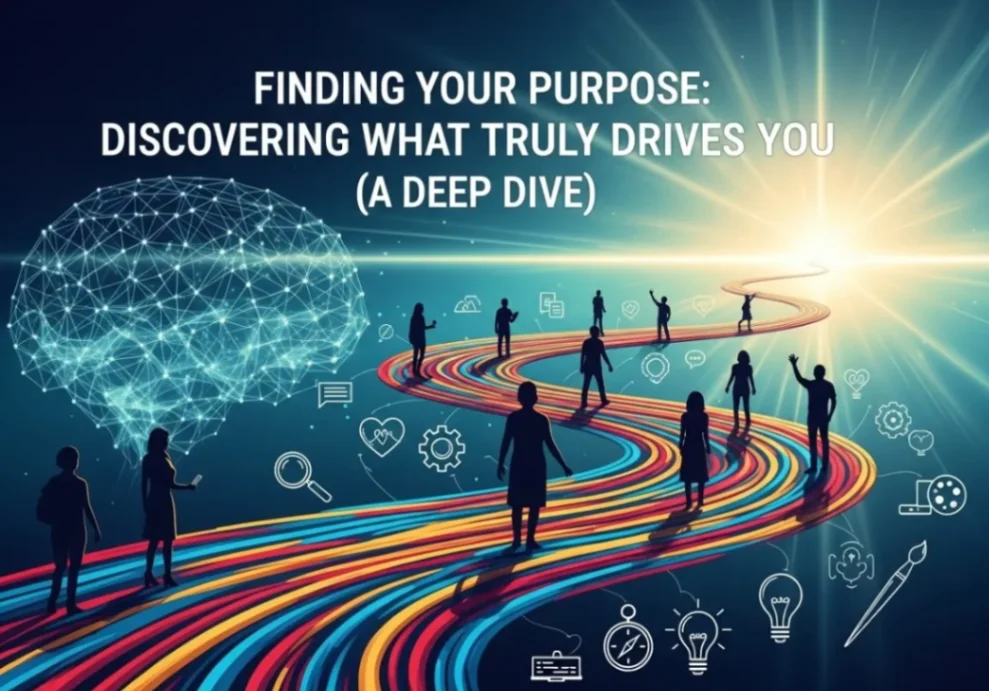
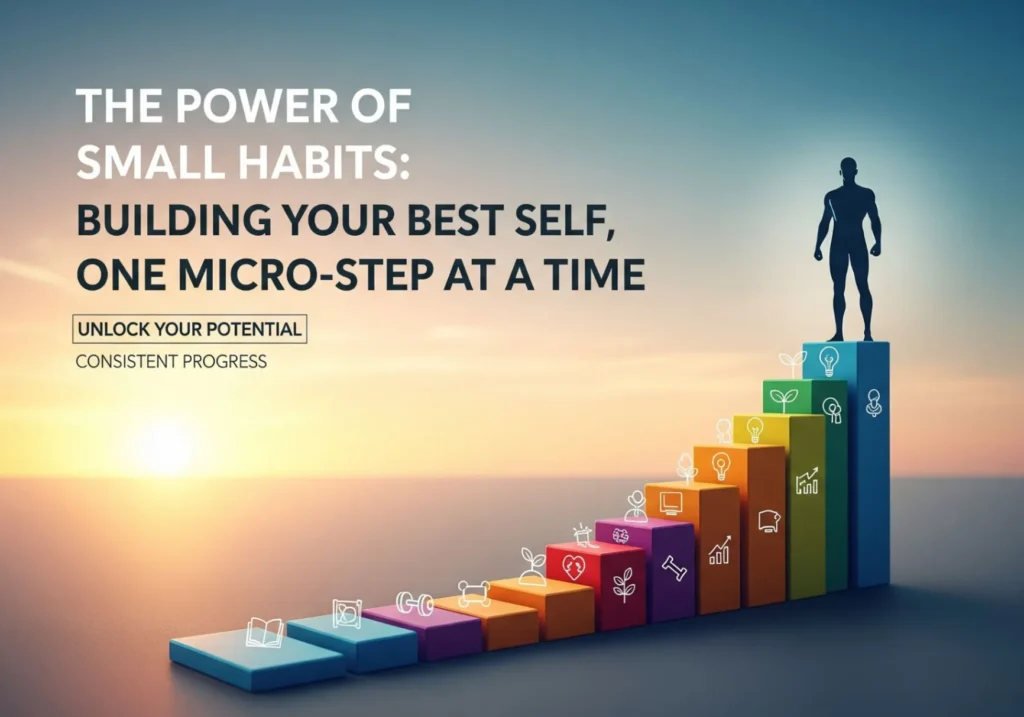
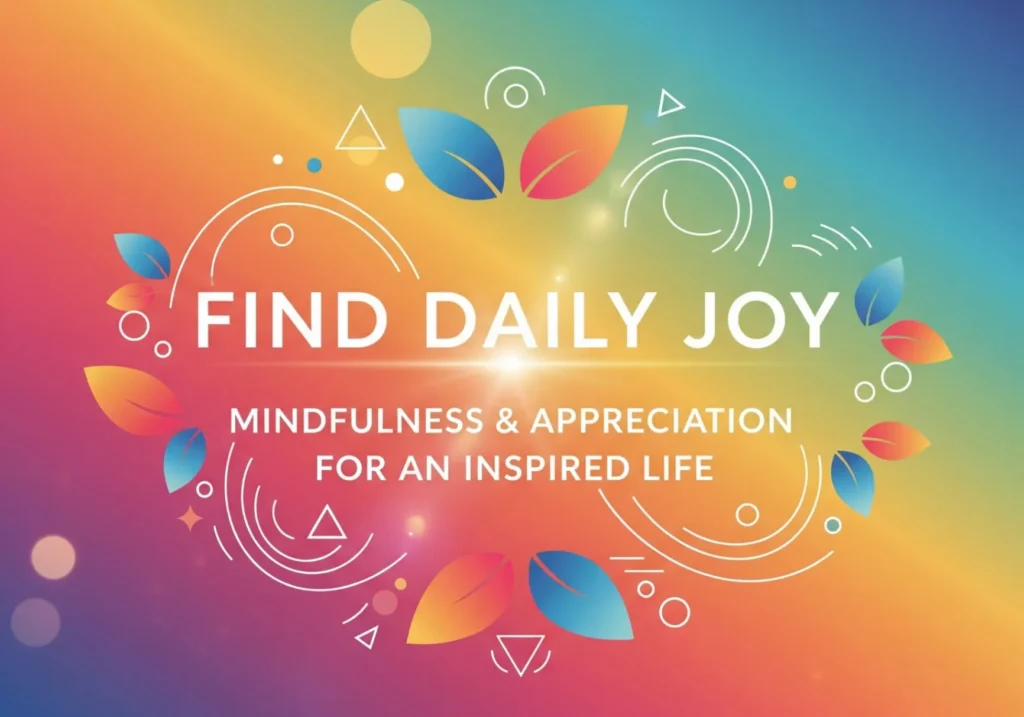
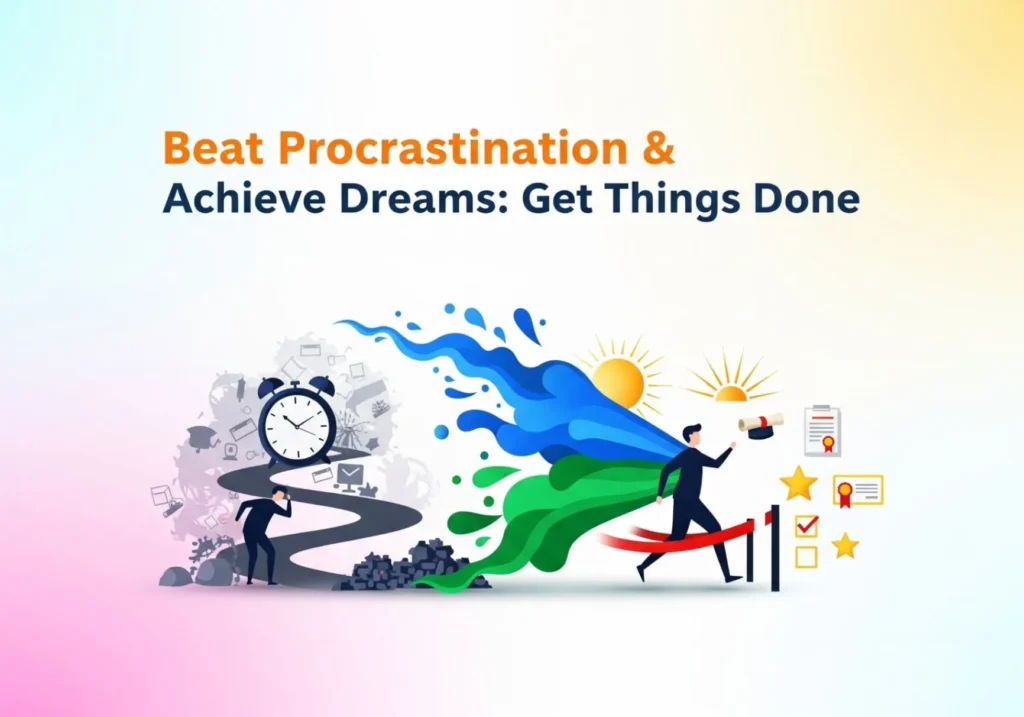
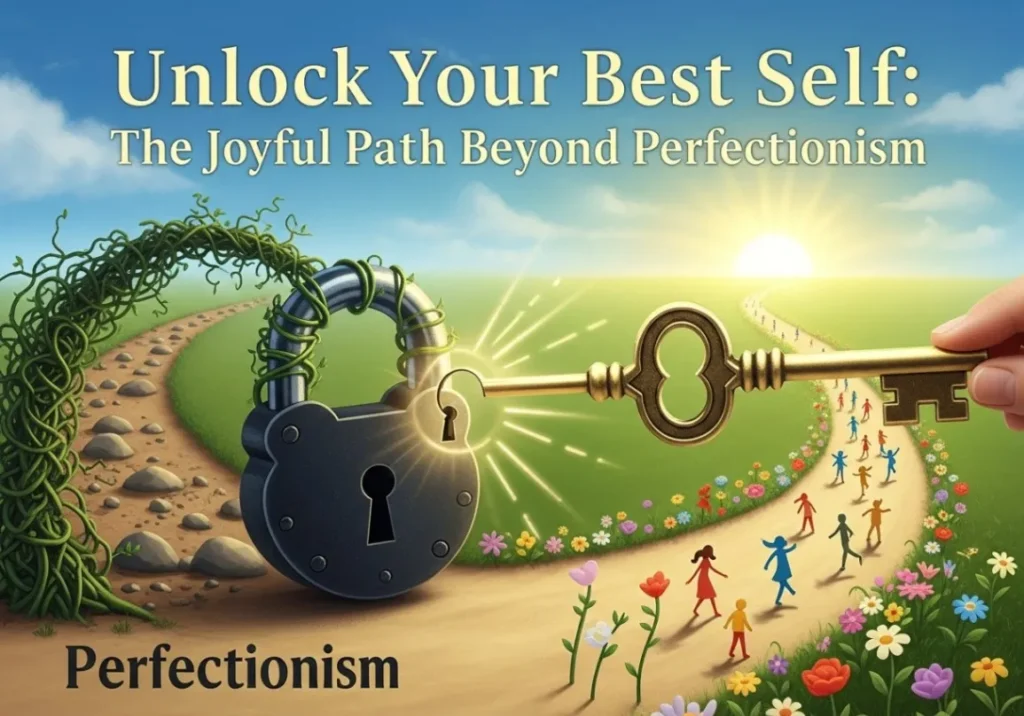
Your Turn!
What did you discover about yourself reading this? Share one clue you’ve found or one tiny experiment you plan to try in the comments below. Let’s support each other on this journey!